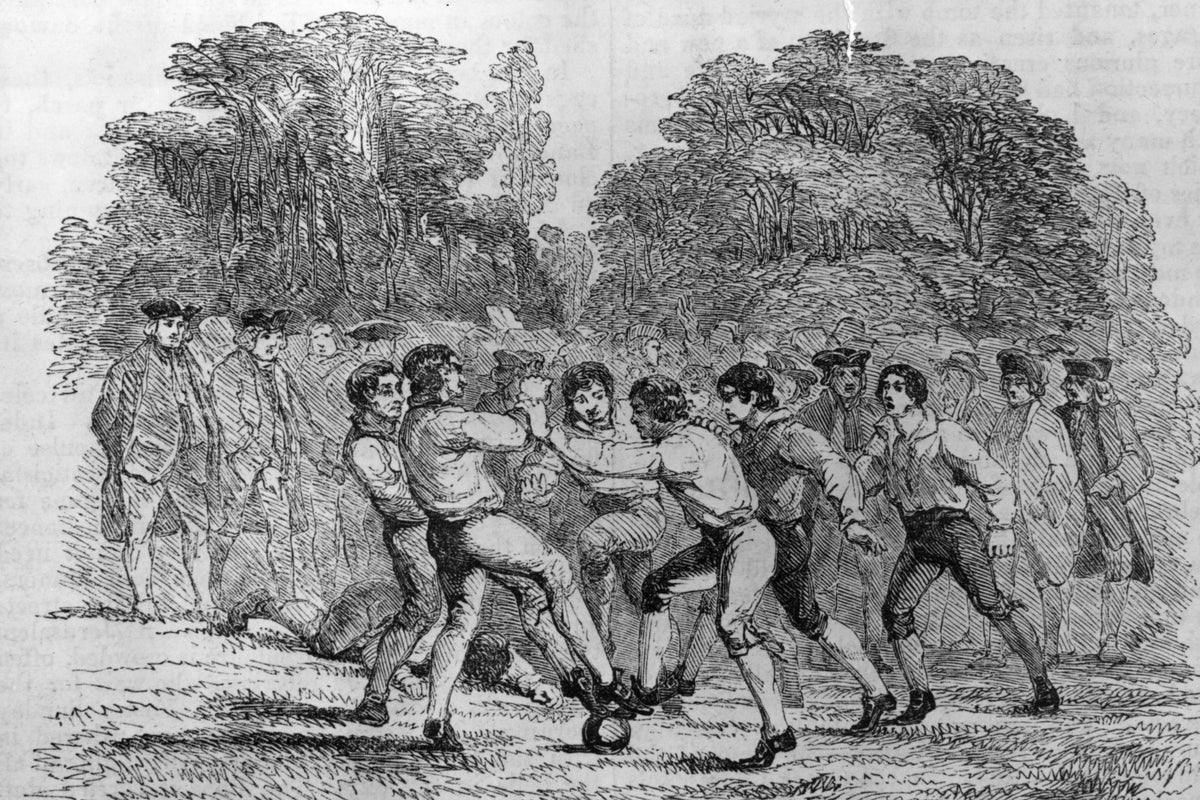
Unearthed in Scotland: The Ancient Football Pitch That Rewrites the History of the Game Forever
Picture this: a quiet stretch of farmland hugging the rugged Scottish coastline near the Solway Firth. Nothing much seems to happen here nowadays, but historians say this very spot might just be the cradle of organized football—the world’s oldest pitch, no less. It’s a jaw-dropper when you consider that matches were kicking off on this ground back in the 1600s, nearly 200 years before official rules took shape in England. The game wasn’t your chaotic street brawl kind of football either, but a more disciplined affair, witnessed and lamented by Reverend Samuel Rutherford, who famously discouraged Sunday play by ordering stones to be tossed onto the field. That act—rocks scattered to keep people off the pitch—still echoes in the soil today, confirmed by recent scientific digs. These revelations don’t just rewrite timelines; they add layers to Scotland’s rich football legacy, underscoring its early mastery that left English clubs trailing when international football hit its stride in the late 1800s. It’s fascinating stuff—foreshadowing the beautiful game as we know it, right from the land of the kilt.
LEARN MORE

Sports historian Ged O’Brien pointed to a letter written by one Reverend Samuel Rutherford in the early 1600s stating that “people used to play football” at the ground on Sabbath afternoon. The reverend, seemingly angry that frequent football games on the field were disrupting the Sabbath, ordered parishioners to place large stones on the pitch to stop them. Taken together, this would mean football was played in an organised form centuries before the Football Association was set up in 1863 in England.”In 1872, the minute international football started, Scottish clubs were absolutely destroying English teams,” Mr O’Brien pointed out. “It’s absolutely no surprise because these people are 200 years in front of what England is doing.”The latest findings, if further verified, could alter the timeline of football’s evolution, and provide insights into Scotland’s dominance of the sport when international football began in the late 19th century.“This is the ancestor, the grandparent, of modern world football,” he said. “And it’s Scottish.”
The reverend’s letter, however, would indicate that a more organised form of the game was being played at the Scottish field, where people showed up specifically on Sundays, expecting to go to work the next day.It was thought that the form of football played in the 1600s was more brutal and chaotic, involving several dozen people chasing and kicking a pig’s bladder across town. The rocks – some still there today – were laid across the ground as a temporary barrier to stop people playing football, Mr O’Brien noted. However, it could not be ascertained if the form of football played on the Scottish farmland resembled the modern game.Lab tests of soil from the field confirmed that the rocks were placed across the farmland around the time Rutherford’s letter was written.
The field was hosting football games in the 1600s, nearly two centuries before rules for the sport were laid out for the first time in England.Mr O’Brien, who founded the Scottish Football Museum, noted that this was a critical point in the evolution of the sport, involving a field, teams and regular matches played with some agreed rules.A field in the Scottish countryside near the Solway Firth was likely the world’s oldest football pitch, a historian has claimed.“This is one of the most important sentences I have ever read in football history,” he told The Times. “Because it specifically identifies the exact place the football pitch was. I have always thought football has been played in Scotland for hundreds of years. Not mob-football, but proper football.”























Post Comment